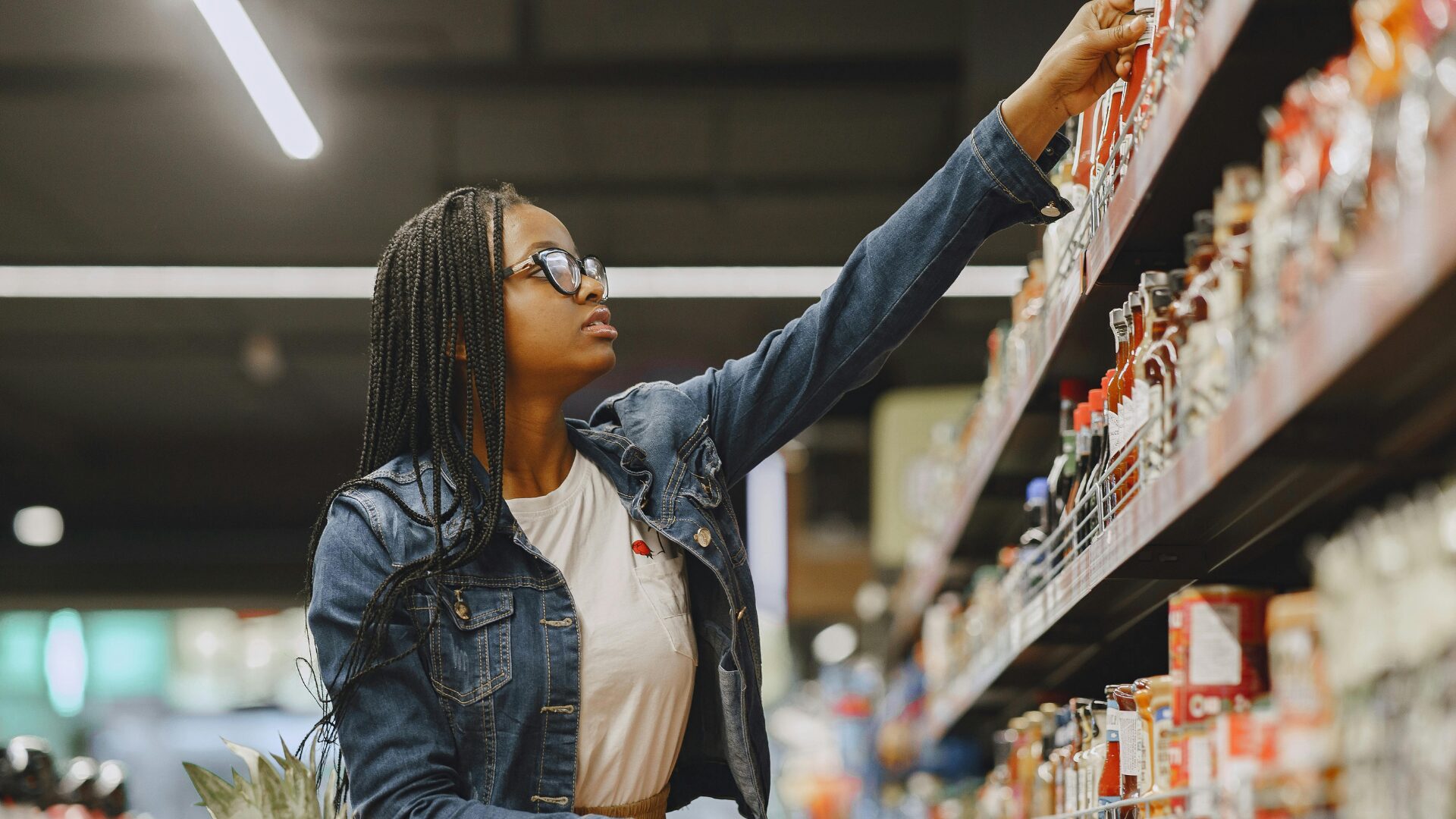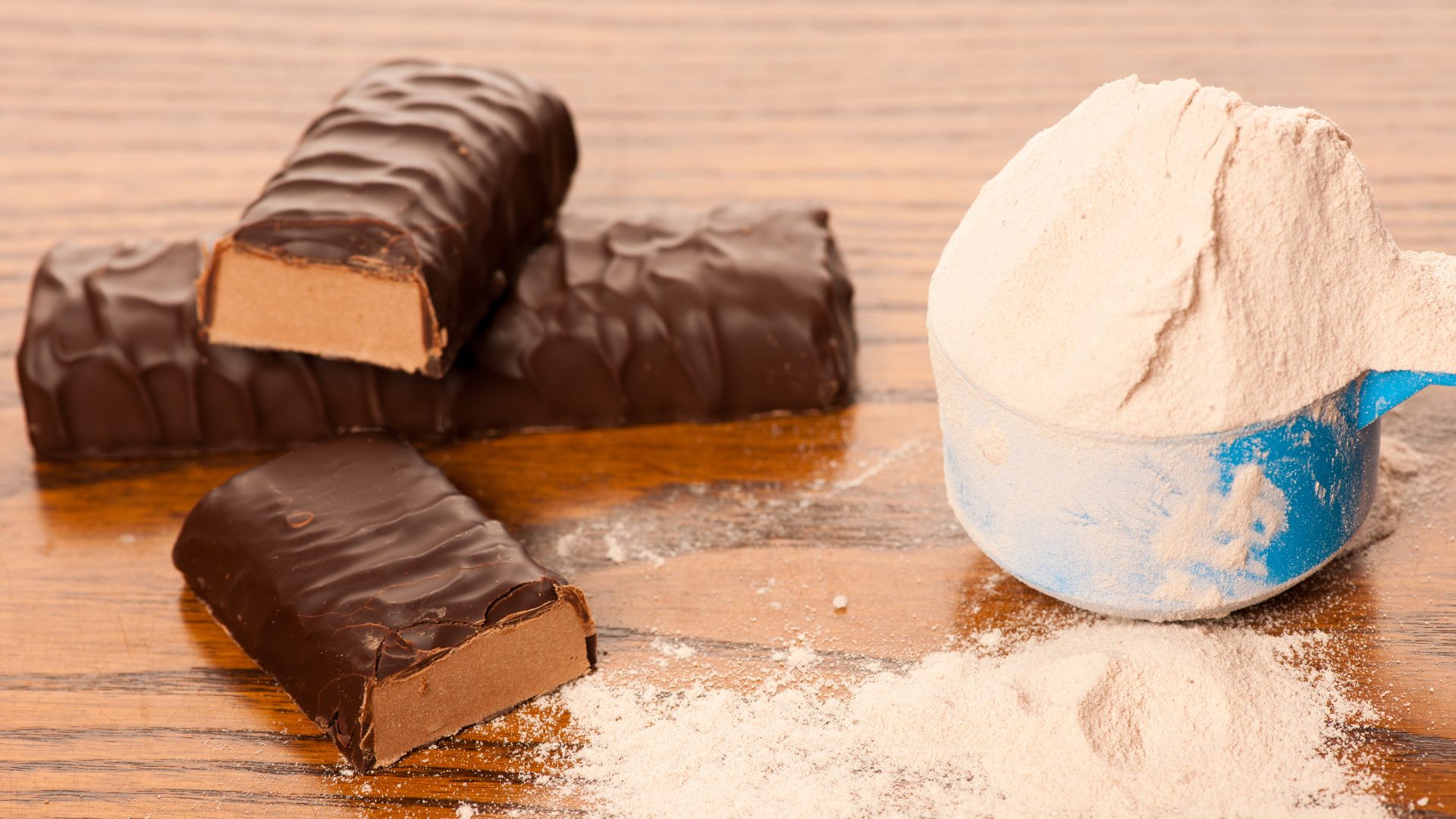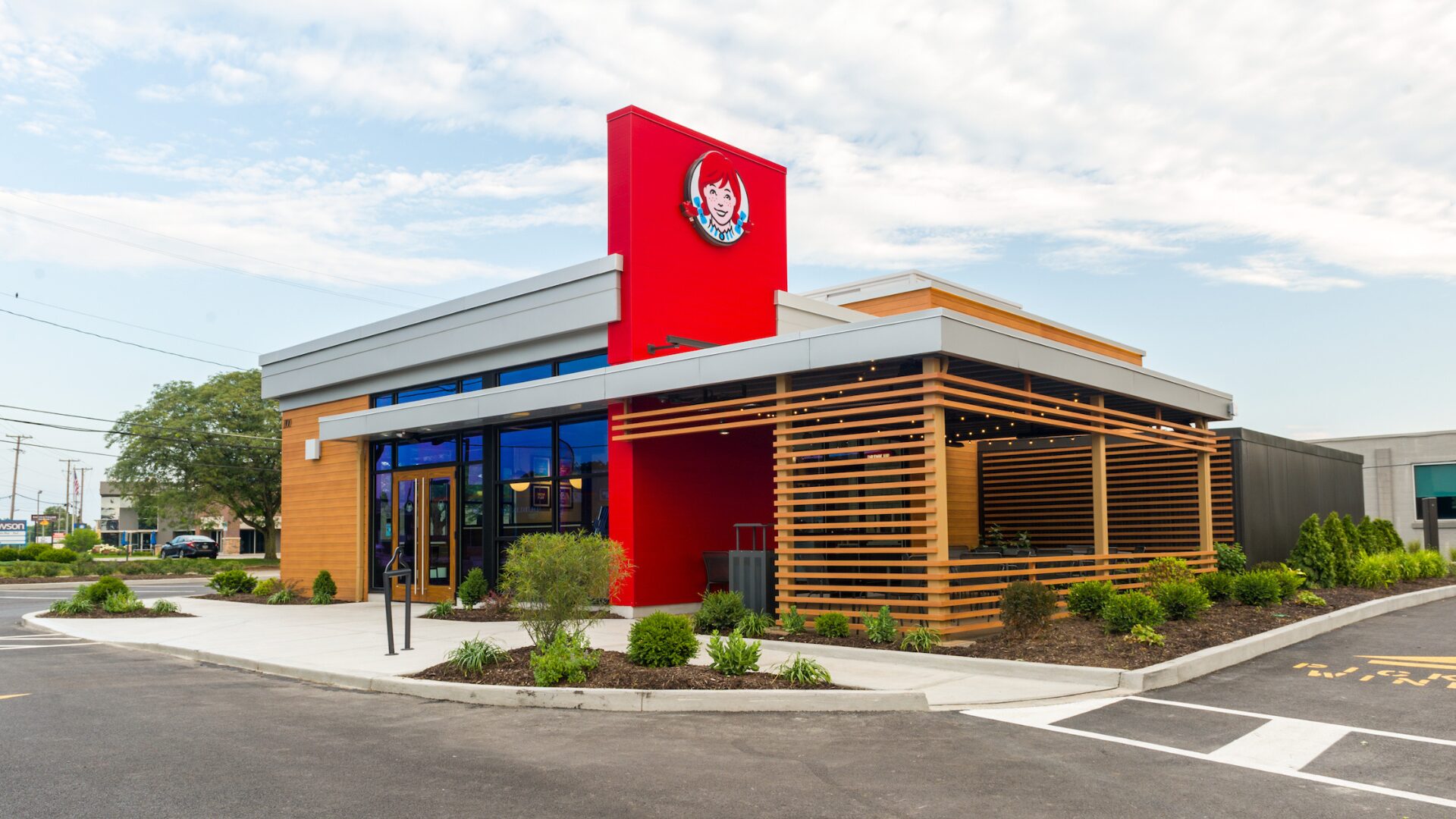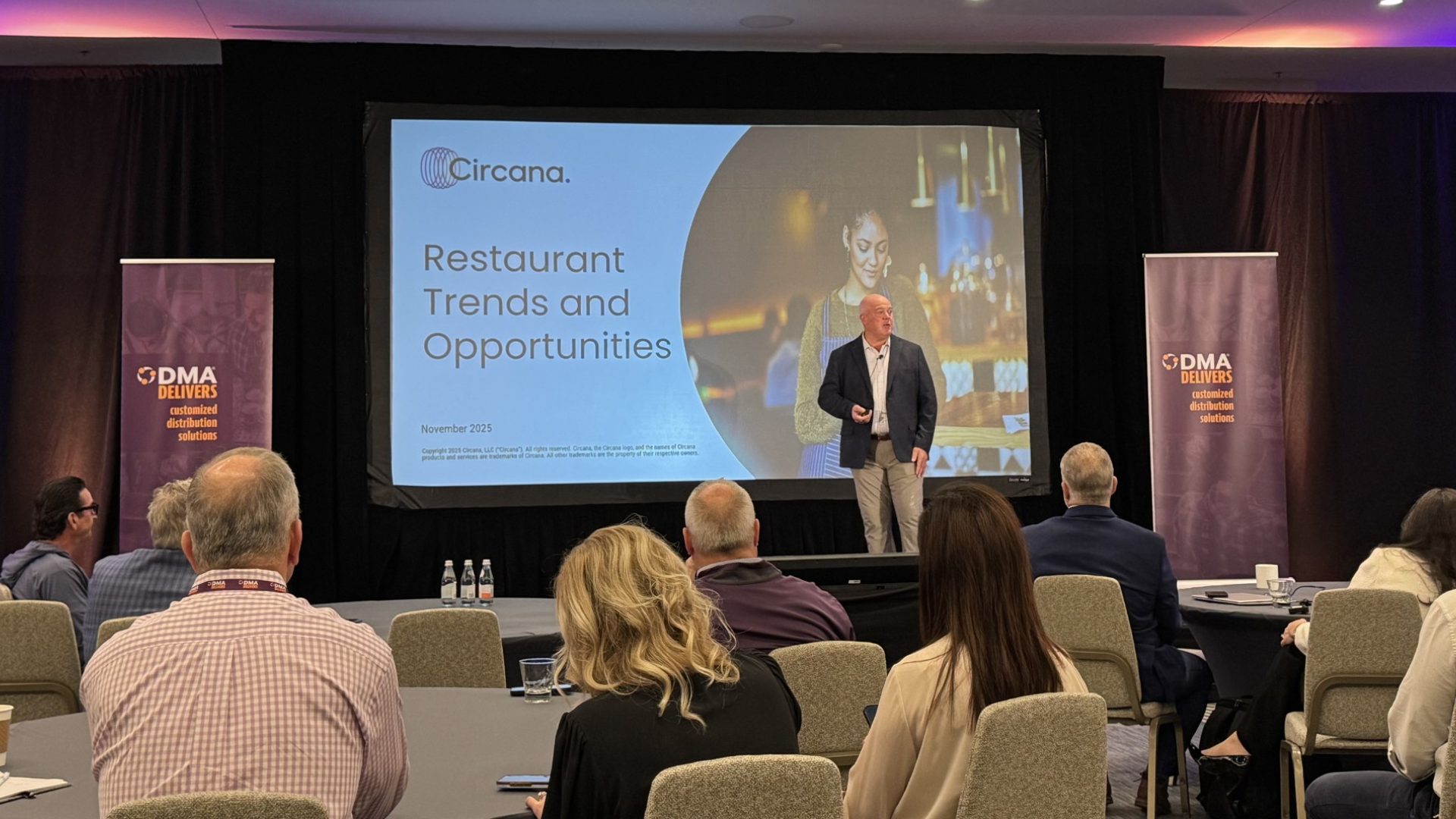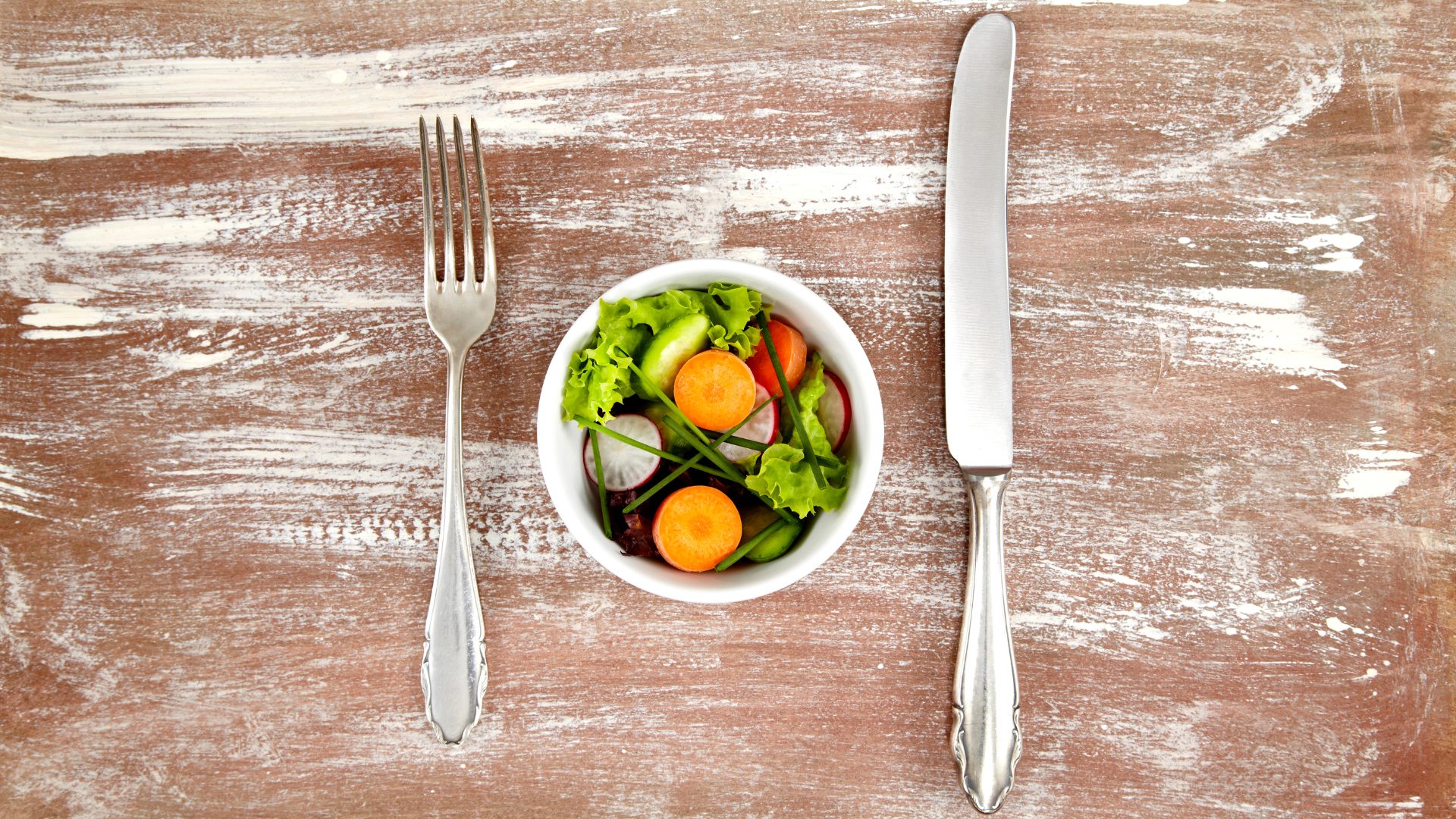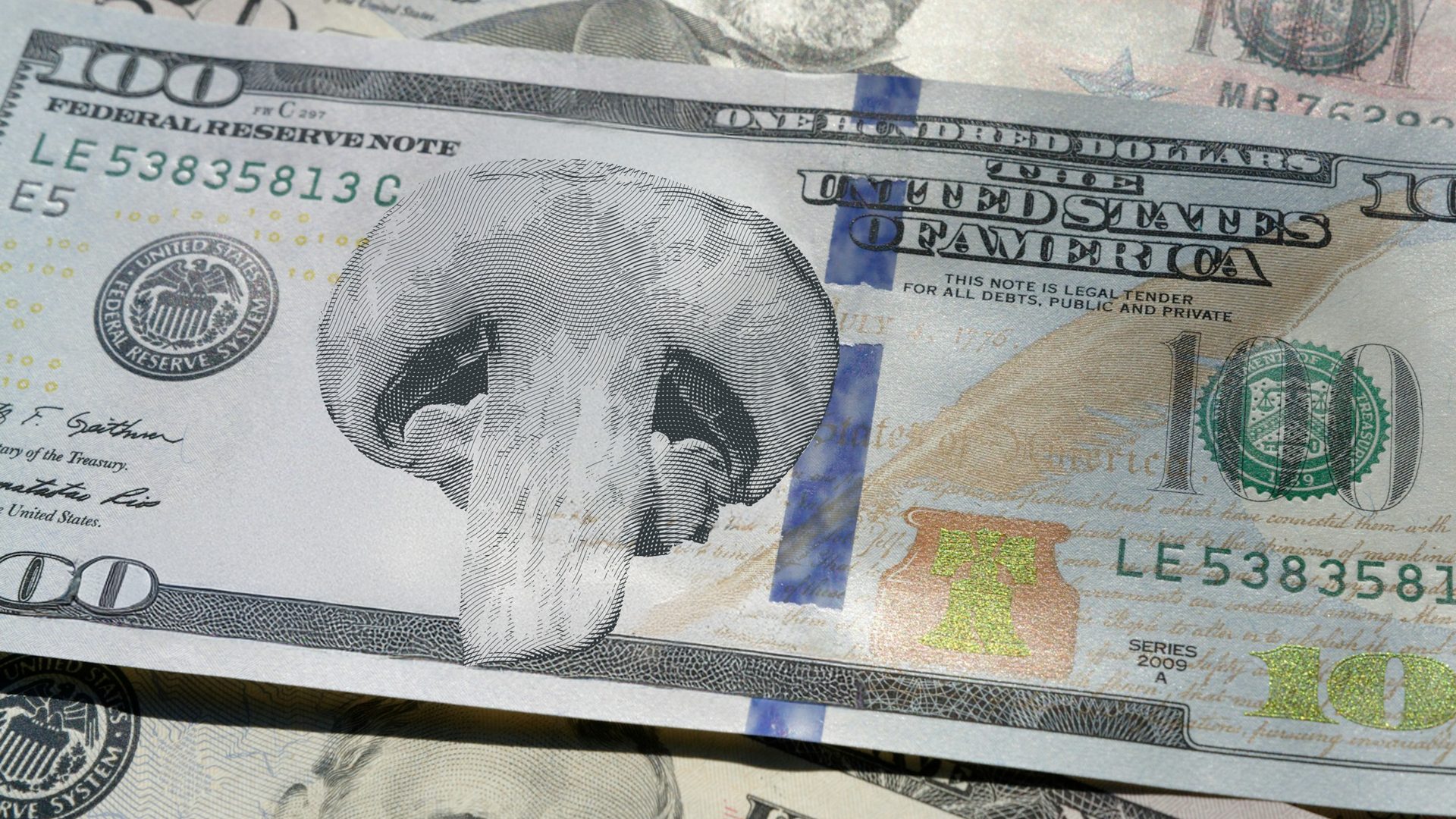Globally, private label sales continue to exceed expectations, with innovations providing consumers with enhanced value through price (the given) while tapping high-quality ingredients and the latest culturally relevant trends.
Although these latest iterations of products are selling through at a strong rate, a recent report from NIQ suggests the industry cannot afford to stagnate.
In many major markets, private label sales are already starting to slow. In North America, for example, the segment enjoyed a 5.5% sales growth in 2023 compared to the year before. In 2024, however, that number nearly halved, ending 2024 with only 2.9% growth.
“Retailers must continue to pump the pedals of innovation to maintain and accede consumers’ expectations,” NIQ wrote.
The report, titled “Finding Harmony on the Shelf,” looked at how private labels fare against branded products. The findings are illuminating: although private label is gaining market share, the top global brands are regaining their momentum, with the top 10 growing 4.7% in 2024 compared to the year before, outpacing private label’s overall 4.3% growth over the same period.
Increased competition, recovering food budgets, and consumers’ desire for food to offer a unique, special experience, signal a shift in strategy to maintain the optimistic 6.6% CAGR through 2028 that some analysts expect the global private label market to grow.
Global EVP and chief advisor at Circana, Sally Lyons Wyatt anticipates a similar, R&D-heavy path ahead, citing market research firm data.
“Innovation – including with new products, localization, regionalization or unique partnerships – will continue to take center stage,” she said in a statement.
How Can Private Label Eke Out Ahead?
Despite the warning of global stagnation, domestic inflation and an uncertain economic environment continue to drive generic brand sales, particularly across value-driven channels such as mass/club, e-commerce, and limited-assortment retailers, according to a separate Circana report.
In-store, consumers are already sold on private labels: more than half of NIQ survey respondents indicated they were buying more own-brand items than before.
Additional insights are as follows:
- ‘Generic brand’ stigma fades – 68% of consumers say these products are good alternatives to name brands.
- The value proposition is compelling – 69% report these products are good value for the money.
- Demand remains strong – 60% of global consumers would buy more products if a larger variety were available.
The last statistic gets to the heart of the issue: consumers crave more.
As such, the next wave of own brand growth will be more nuanced, Wyatt predicted.
“While value channels have recently driven private label gains, expect more grocers – both large and mid-sized – to invest more aggressively, making private labels a core growth strategy,” she said.
She anticipates retailers to tier their offerings with margin-friendly premium products while keeping entry prices accessible. Pricing and promotion strategies will also be fair game as retailers invest in their brand equity. Note that a retailer’s private label brand perception is inextricably tied to its offerings across departments. As such, a thoughtful approach is needed to signal brand cohesion and positive perceptions.
For example, a retailer’s own brand dairy alternative may boost sales of its shelf-stable center-store nut butter because each positive interaction of a retailer’s brand can support its ecosystem. The opposite, however, is also true; therefore, cross-department consistency is paramount to sustaining growth.
The State of Retail Shelves
The global recipe for name brand growth, on the other hand, is equal parts stability, confidence, and spending flexibility.
NIQ research shows that consumers overall are feeling better-off about their financial position than they were six months ago, and 46% anticipate being in an even better position by the end of the year. These attributes empower shoppers to explore brands that target their values through their unique brand presence.
As private label invests in their brand presence, name brand’s success relies on it. Makers have doubled down on social media strategies and limited-time offers that tap cultural movements to promote emotional connections that set them up for success.
This competition allows retailers the grace to synergize the offerings’ portfolios and create brand harmony. One benefit of this approach is the “brand halo effect” wherein name brand reputation can improve private label credibility.
“The perception that a store brand can match the quality or perception of a premium name brand builds consumer trust and can help drive sales,” found the report.
Other, more straightforward benefits include increased traffic as retailers continue to cater to the adapting needs of today’s consumers, name brand price anchoring that can appropriately target different shoppers while setting a benchmark for private label’s relative value, and market expansion strategies that can present the innovations coming to both private label and name brand SKUs.
The lattermost initiative relies on shoppers’ accelerated willingness to “try anything.”
Roughly 58% of global consumers follow a “needs-driven” decision-making strategy of buying what they need without considering the brand of the product. Moreover, 58% are buying more brands across more categories than ever before, suggesting the need for name brands to fill private label gaps and vice versa.
In doing this, the retailer wins by capturing the organic growth of both sectors.
The Food Institute Podcast
Tariffs, geopolitical tensions, and inflation are all weighing on the food and beverage industry and consumers alike, but what can industry leaders do to persevere amid uncertainty? Lou Biscotti from CBIZ’s Food and Beverages Services Group shares his insights on The Food Institute Podcast.


